Nestled in the north part of Indian Ocean, Sri Lanka is a tiny, but densely populated country-island that for centuries had played a central role in the maritime trade between the west and the east thanks to its strategic location.
Today, the economy of the the island has been converted widely from trade to tourism, making it one of the most attractive and well-spoken destinations to visit these days.
If you’re also thinking about visiting Sri Lanka anytime soon, this article is exactly for you: here you can find 10 Fun Facts about this country’s history, nature, geography, religion and culture, which will hopefully enrich your visit and make you see the country from another, higher perspective 😉
Let’s dive right in!
1. Sri Lanka, formerly “Ceylon”,
changed a handful of names through-out its history!
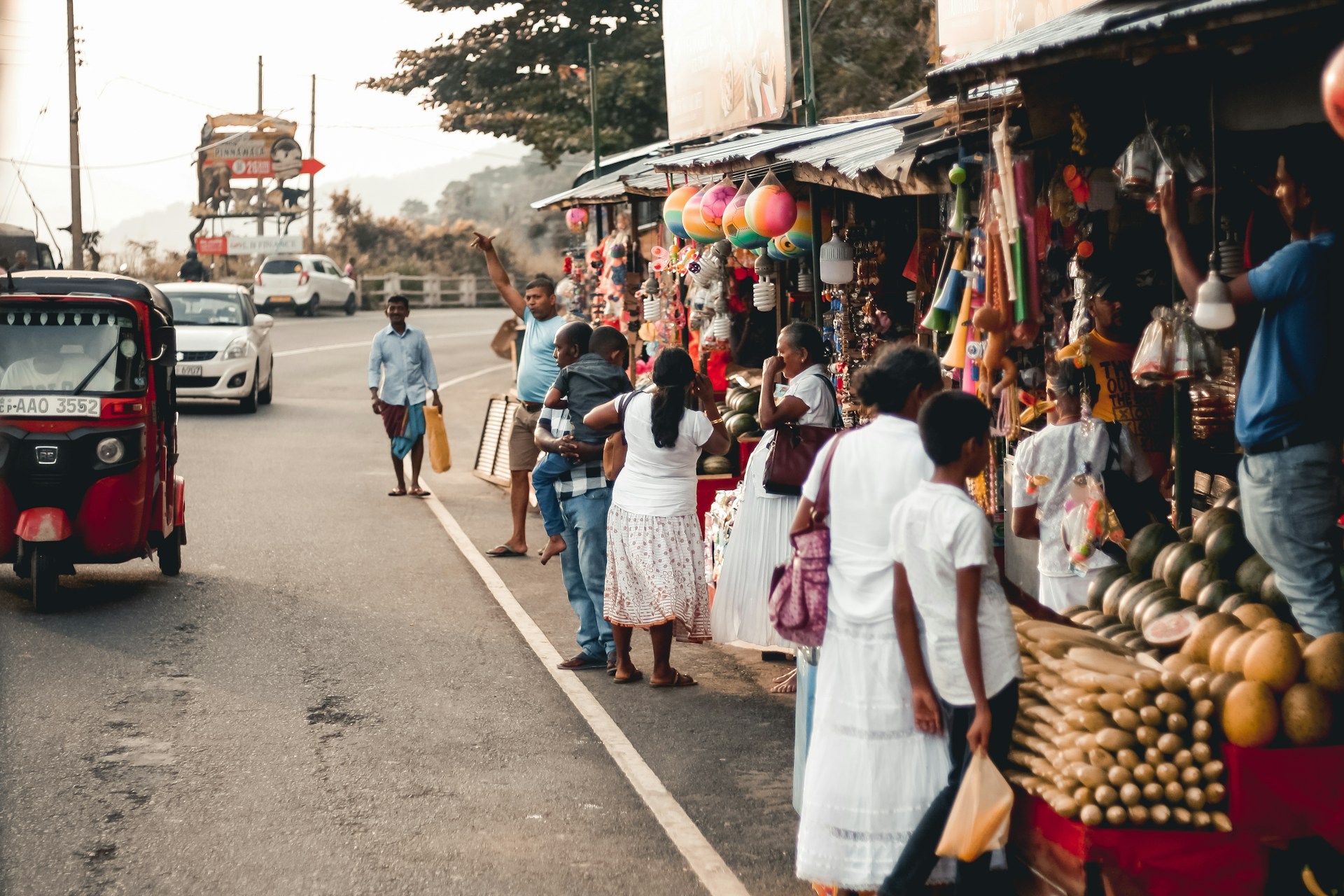
Sri Lanka changed names so many times during history: basically every time it has been invaded!
In the pre-colonial era, it was called “Lanka” (meaning: island) by the Hindu, “Salike” by the Greeks, “Eelam” by the indigenous Tamils, and “Serendip” by the Arabs and Persians.
Then, the colonial era started, and under Portoguese rule (1597-1658 A.C.), the island was renamed “Ceilão” (the meaning of this word has been lost in time!).
After the Portoguese came the Dutch, which ruled over Sri Lanka from 1640 – 1796 A.C. while “dutchifying” its previous name into “Zeylan“.
Then, after the Dutch came the British empire, which maintained full control over Sri Lanka from 1815 – 1948, renaming it once more “Ceylon” (which came from Zeylan, which came from Ceilão… like in the wireless phone game!).
The island retained the named Ceylon until 1978, when after turning into a republic changed its name to the current one: Sri Lanka.
If you’re wondering what is means:
- Sri: is a respectful title in Sanskrit/Hindu, which gives a sense of radiance and splendor to the word that follows
- Lanka: is the ancient hindu word for “Island”
So, after millenials of debates, the name has been finally set (for now): Sri Lanka, meaning the “Radiant Island“.
2. On a map, Sri Lanka looks like
a “Teardrop” of India
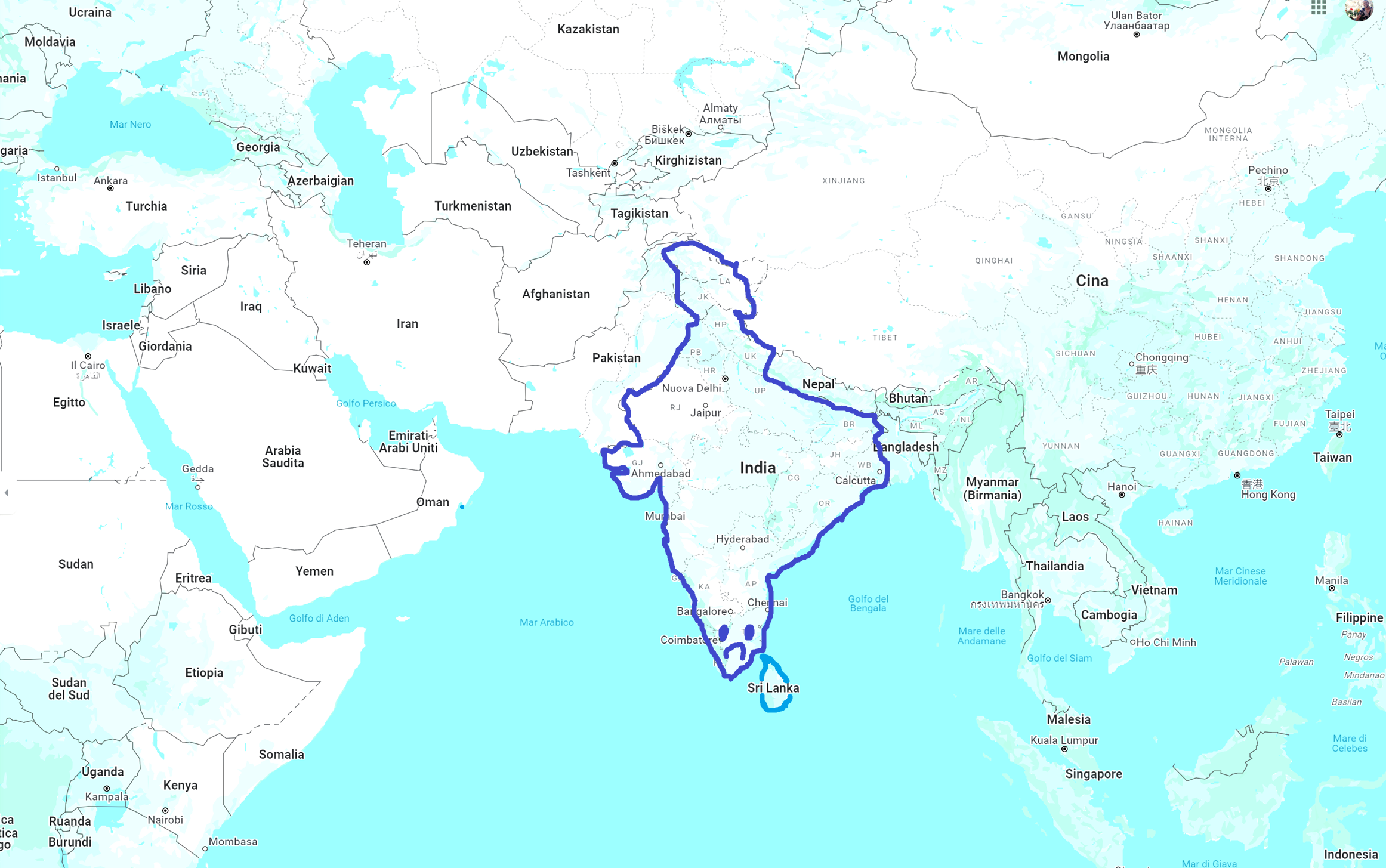
That’s a funny one!
When starring at a world map, most people can point out large countries such Russia, America, India or Brazil, but most people tend to forget smaller countries (there are just so many after all!).
Well… worry not about Sri Lanka, because after seeing this map you will never forget its position ever again: Sri Lanka is an drop-shaped island, placed right under India, which seems ready to fall in the middle of the Indian Ocean.
If you can recognize the Indian Ocean (which most people can do!), you cannot miss India and Sri Lanka.
Fun fact: because of its geographical shape, Sri Lanka is often also nicknamed as the “teardrop of India“.
3. On top of Sri Lanka’s holy Adam’s Peak,
there is said to be a footprint of Buddha!
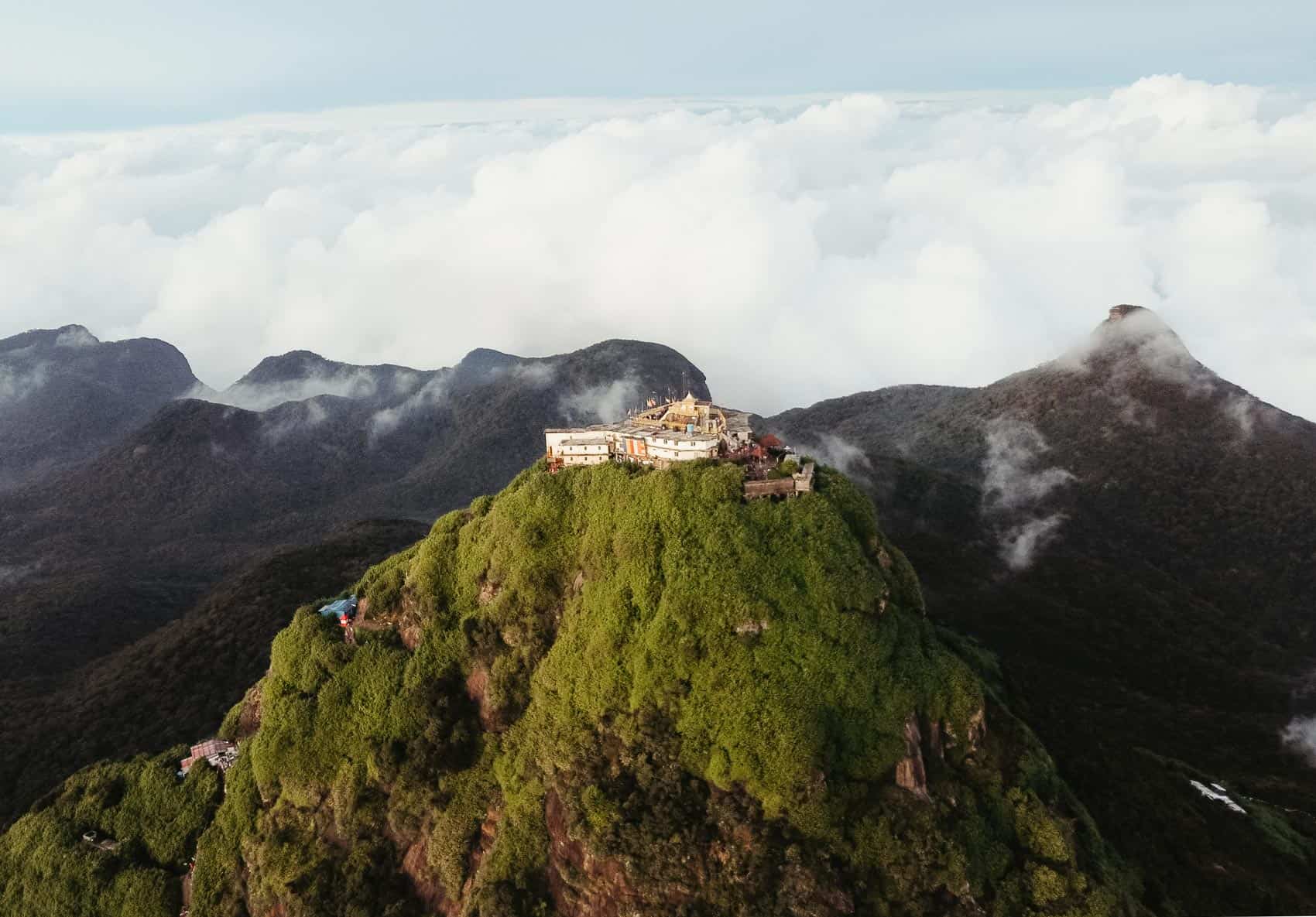
Adam’s Peak is one of the holiest mountains in Sri Lanka and one of the most visited landmarks of the entire country.
With a total height of 2242m, steep sides and a whooping 5500 steps to reach the summit, Adam’s Peak is a challenge for both pilgrims and curious tourist alike.
On top of the mountain, for the adventurous ones that dare to reach it, there is a shrine called Sri Pada Temple (which translated to “Sacred Footprint Temple“.
What is so special about this place that make it worth the steep hike in the scorching heat?
Apart from the astonishing nature and view (which are incredible per se!), inside the temple there’s also 170cm-long and 46cm-wide hollow that resembles the print of a human foot and gives the name to the temple itself.
The Sri Pada (“sacred footprint”), is venerated by Buddhist as the “footprint of Buddha“, while Christians believe it to be of the doubting apostle St. Thomas before his martyrdom in Madras (Chennai).
The Muslim instead, believe the Sri Pada to be the first footprint left by the prophet Adam once landed from paradise (that’s why the mountain is named like this!).
Personally, from my traveler’s eyes I find it extremely curious and interesting how religions so different from one another ended up worshipping the same stoney footprint while giving three so different meaning to it!
All in all, the hike is a marvelous experience, and even for non-believers I would suggest it as one of the best attractions in Sri Lanka!
4. Sri Lanka’s Flag is extremely unique,
and one of the easiest to Recognize!
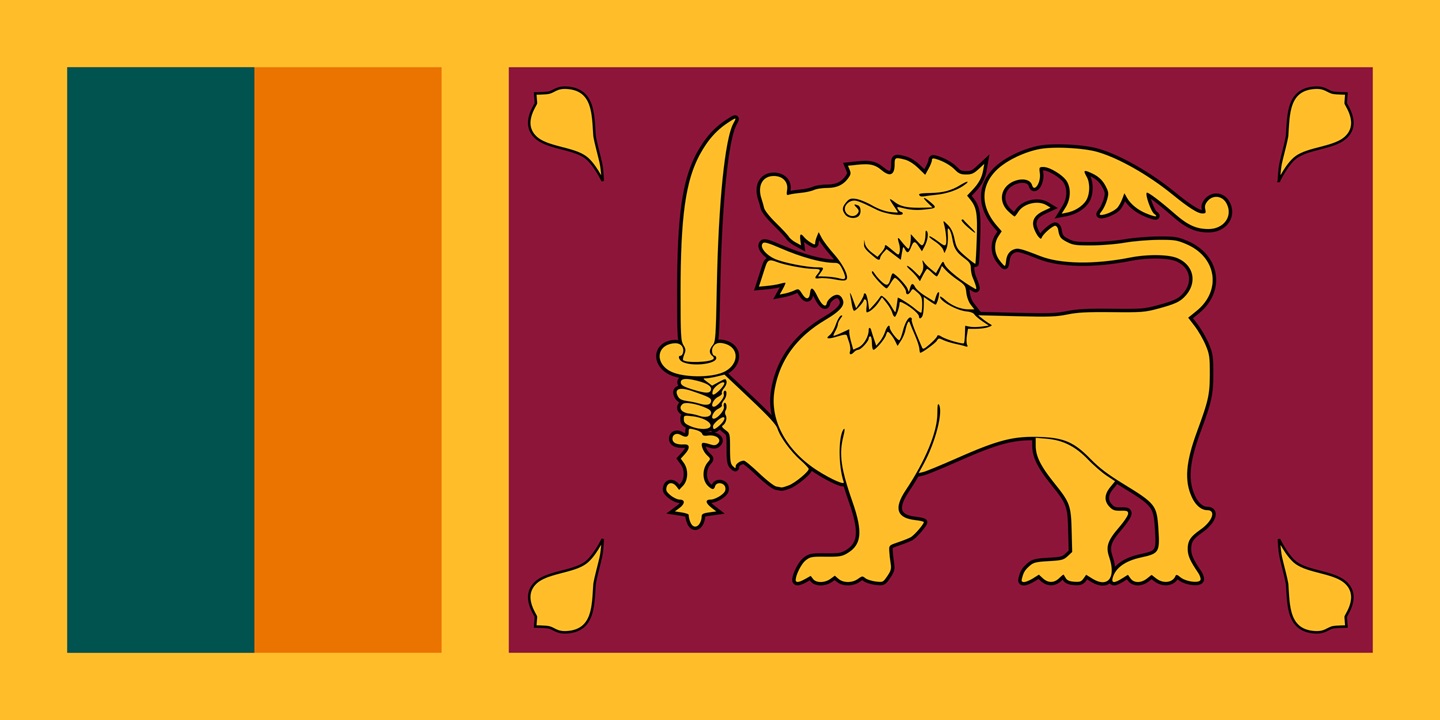
The current flag of Sri Lanka is a concentrate of symbolism.
Trick to remember it?
If there’s a big lion, it is the Sri Lanka’s flag: easy to notice and to remember!
While there are other national flags containing lions (Spain, Montenegro, Paraguay and Fiji), in those flags the lion is always a small and almost-invisible detail within larger drawings; impossible to get confused!
Now that we’ve seen how to tell the flag apart, let’s get down to its very curious symbolism:
The Colours of the Flag, represent the ethnicities of the country:
- Red: represents the Sinhalese People (75% of the population),
- Orange: represents the Tamil ethnicity of 21% of the population,
- Green: represent the Muslim faith held by roughly 10% of the population,
- Yellow borders: represent all cultures and symbolizes peace and inclusion among groups
The lion, inserted in the red portion of the flag, is a symbol of the Sinhalese people as well, and it holds a sword to symbolize its power.
The power of the lion is not untamed though, as it’s sided by four bo leaves, that represent the four virtues of Buddhism: loving-kindness, compassion, sympathetic joy and equanimity 🙂
5. Sri Lanka, despite its small size,
hosts 8 UNESCO World Heritage Sites!
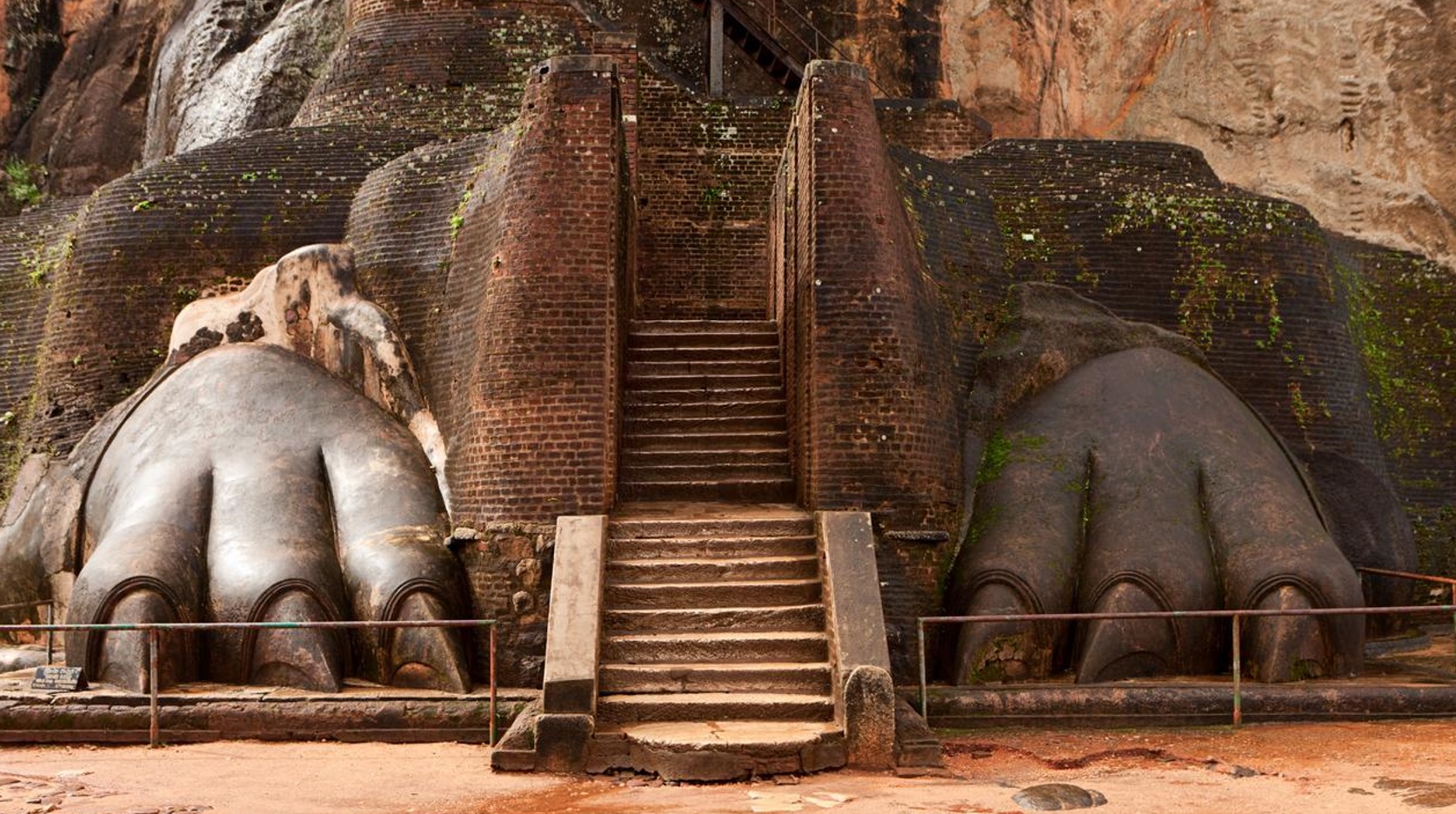
In Italy, we have a saying that goes “in the small barrel, you find the best wine“, and that’s exactly the feeling I had about Sri Lanka!
Despite its small size, this island holds a whooping 8 UNESCO World Heritage sites, which are:
1. The Sacred City of Anuradhapura: it’s the ancient capital of Sri Lanka; well-preserved ruins of Sinhala civilization, with impressive dagobas, monastic buildings, and large reservoirs. Entrance: around 25 USD.
2. Ancient City of Polonnaruwa: a site that showcases the remains of a flourishing medieval city and is known for its well-preserved architectural relics and sculptures. Entrance: around 25 USD.
3. Ancient City of Sigiriya: famous site for its towering rock fortress, ancient frescoes, and extensive network of gardens and reservoirs. Entrance: around 30 USD.
4. Sacred City of Kandy: Kandy is home to the Temple of the Tooth Relic, one of Buddhism’s most sacred shrines, and is known for its religious festivals and rich history. Entrance: around 5 USD.
5. Old Town of Galle and its Fortifications: A well-preserved colonial town, Galle is known for its Dutch-era fortifications and for a blend of European and South Asian architectural styles. Entrance to the city is free, the museum costs around 4 USD.
6. Golden Temple of Dambulla: a cave temple complex renowned for its remarkable series of murals and statues, depicting various aspects of Buddhist art and history. Entrance: around 5 USD.
7. Central Highlands of Sri Lanka: Comprising the Peak Wilderness Protected Area, Horton Plains National Park, and Knuckles Conservation Forest, this region is notable for its unique biodiversity and endemic species. Entrance to the Area is less than a dollar, with overnight staying too!
8. Sinharaja Forest Reserve: Sinharaja is a biodiversity hotspot, home to a vast array of endemic species of birds, mammals, amphibians, and plants, representative of Sri Lanka’s rich natural heritage. Entrance: around 8 USD.
6. Sri Lanka is one of the hottest Destinations on Earth,
with an Average Temperature of 28/29°C !
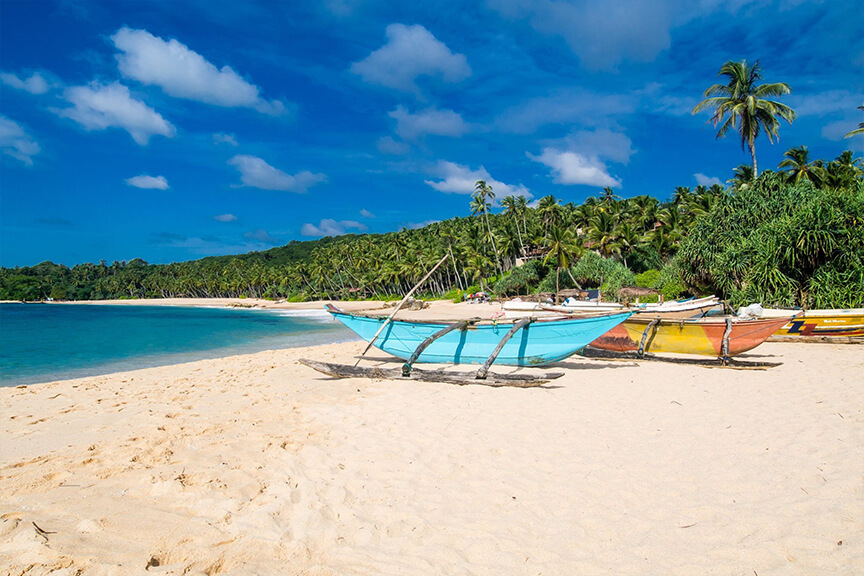
Have you ever dreamt of a place of eternal summer? If yes, you might have dreamt about Sri Lanka!
Yes, because Sri Lanka is located only 640km away from the equator line!
Its geographical position confers to the island average temperatures that are hot and pleasant all-year round.
The lowest temperatures are registered in January, after the moonson season (Oct-Dec) when the average lingers between 19-23°C, while the hottest temperatures are usually reached in April May when average temperatures reach peaks of 28-31°C.
Said that, don’t forget to bring an umbrella with you, especially if you’re travelling from October to January: in Sri Lanka you never know when a downpour can happen! 😉
7. On the Southern Coast of Sri Lanka,
Stilt Fishing is still a thing!
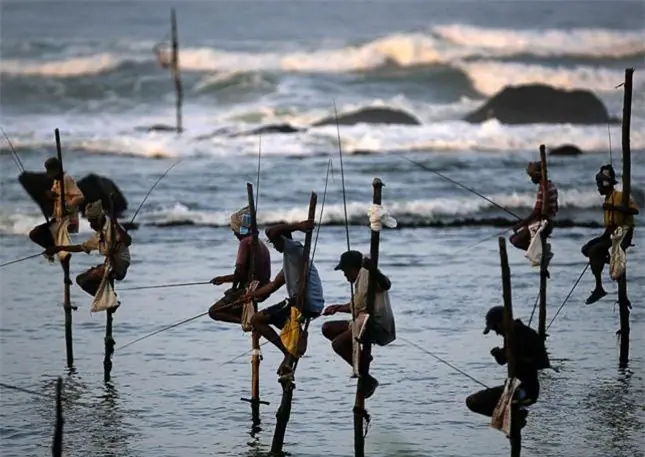
With 22 million people living on an island the size of Ireland (which has only 5 million people to give you an idea), the high population density has been a problem for decades in Sri Lanka.
While of course there’s still plenty of space for everyone on land, back in the days where intensive fishing was not a thing, the most popular fishing spots of the island were getting so crowded that there wasn’t enough physical space for everyone.
That’s why, according to legends “stilt fishing” was born!
Stilt fishing is simply the art of fishing while sitting on a pole, usually sticked in the coral reef below.
Using the stilts, fishermen could go fishing further away from the coast in less crowded areas 🙂
While due to the modernization of fishing techniques very few locals still use stilt fishing for catching food, stilt fishing has not entirely disappeared as it has been partially “preserved” for touristic reasons.
As a matter of facts, today there are still places on the Southern coast of Sri Lanka where it is possible to encounter stilt fishermen.
They don’t fish for fish though, they fish for tourists (in a good way! eheh).
Travelers can today learn from locals how to fish the traditional way, trying the stilts for themselves, and take cool pictures in the process!
Personally, I found it super-interesting to notice how the “aesthetic coolness” of this tradition combined with international tourism contributed to save such an old fishing techniques and maintaining it profitable for locals.
8. In Sri Lanka there are Several beaches
dedicated as “hatcheries” to Turtle Conservation
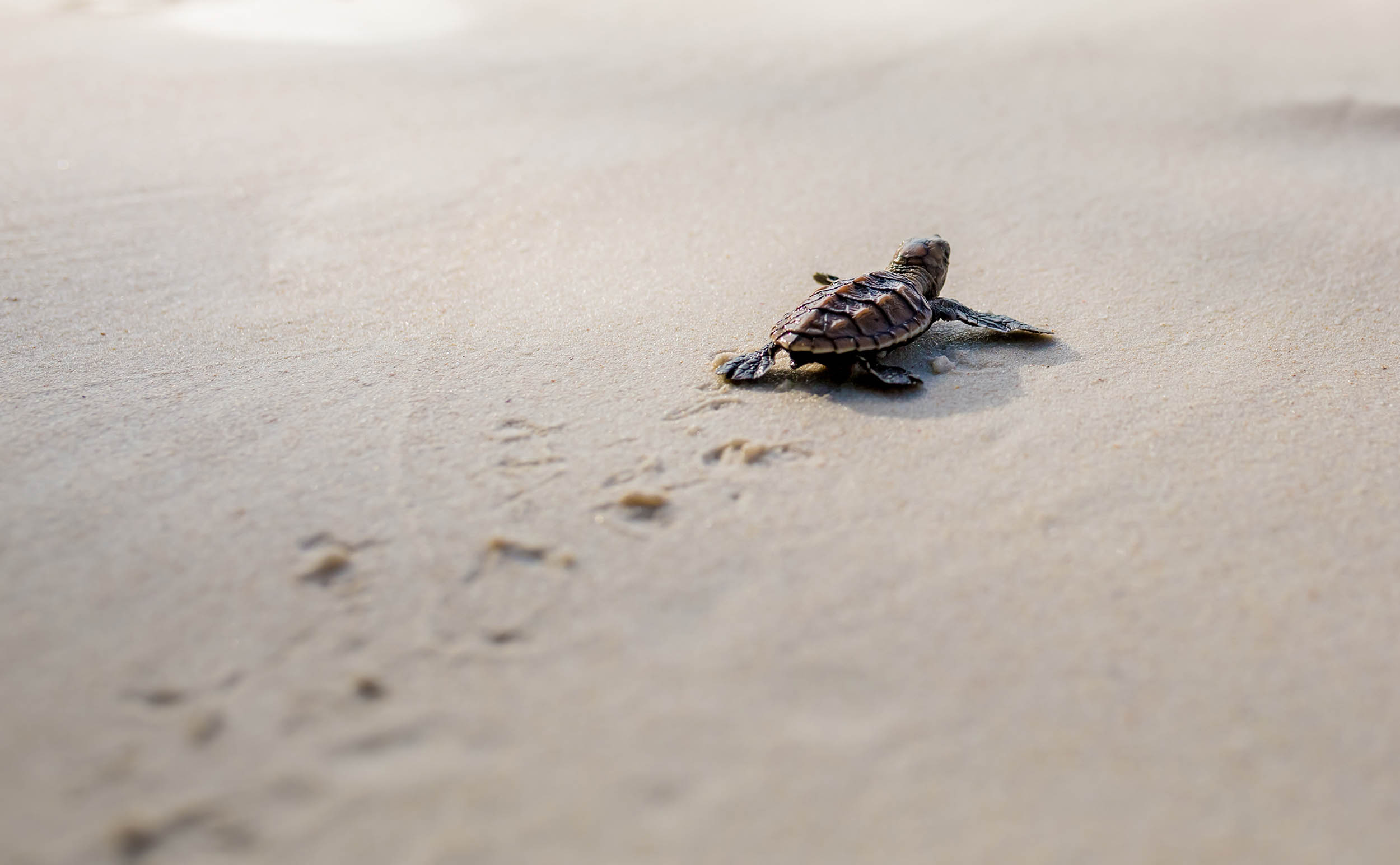
Sri Lanka is strongly involved in the conservation of sea turtles and there are several beaches segments organised as “hatcheries” for turtle protection.
One of the most famous is located in the coastal village of Kosgoda on the Southern coast, established in 1981 in response to the rapid decline of sea turtle population in the late 20th century.
The KSTCP institution managing the place, not only protects turtle eggs by transferring them to safe, controlled environments, but also rehabilitates injured turtles and educates tourists and the community about the conservation of the marine environment.
As travelers, it is possible to get involved in the program also only for a one-day tour, learn about the turtle’s life cycle, and have a chance to witness the memorable experience of the baby-turtles hatching and running to the sea!
All in all, in Sri Lanka it is possible to find five major species of sea turtles: Green Turtles, Loggerhead Turtles, Hawksbill Turtles, Olive Ridley Turtles, and Leatherback Turtles.
Each of these species has distinct characteristics and plays a unique role in the marine environment, from maintaining the health of seagrass beds to controlling jellyfish populations!
9. The Economy of Sri Lanka is mainly based
on Ceylon Tea and Tourism
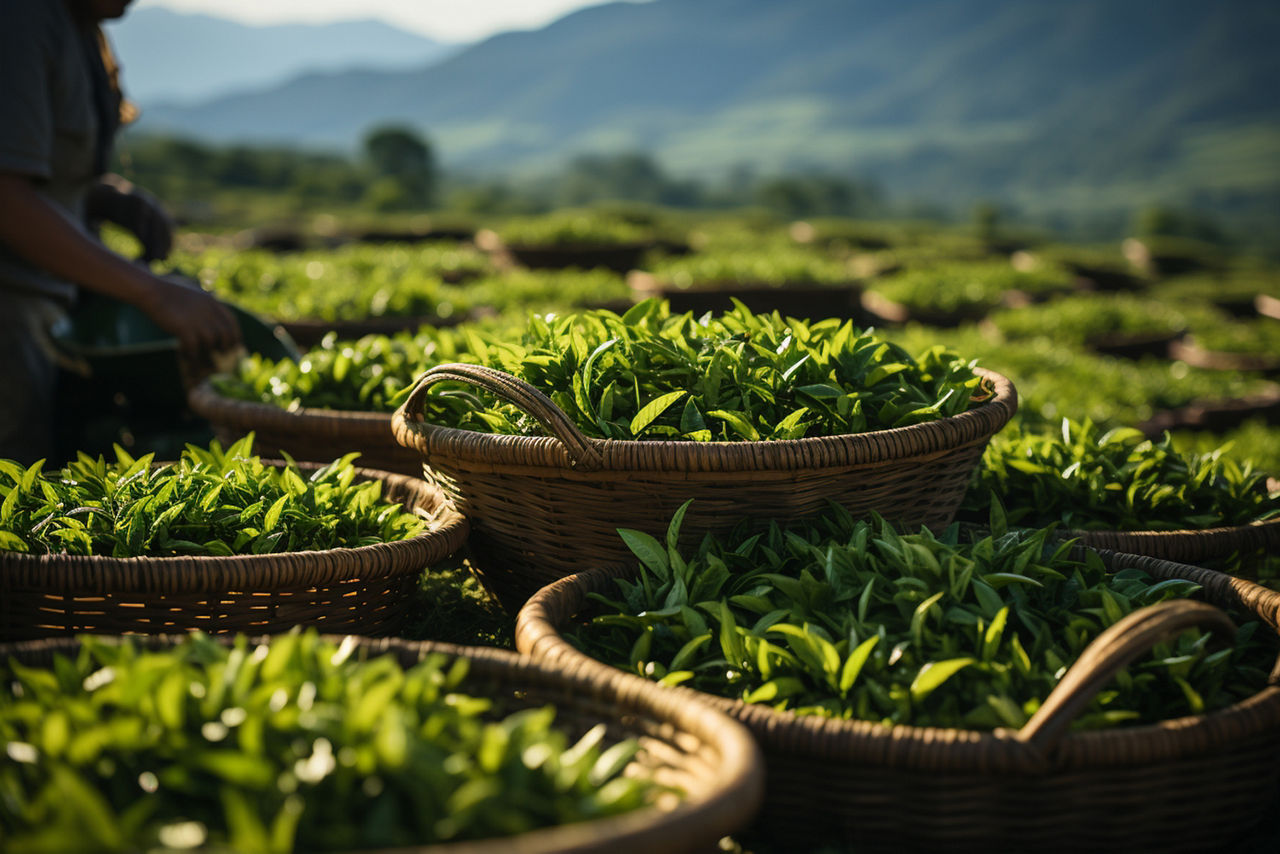
Before the Brits came to Sri Lanka, there weren’t barely any tea plants on the island.
Actually, the island has been covered during the 16-18th centuries by coffee plants brought by the Portuguese and the Dutch.
Then, as we’ve seen before, the Brits took control of the island in 1815, renaming it Ceylon.
“British love tea, and so they converted all the plantations” is the first thought that probably come to your mind!
And yes, that indeed is correct, but the reason why the “Ceylon” tea production skyrocketed so suddenly in the 19th century is not only because of the Brits, but also because of what is called the “coffee rust”.
In 1869, an aggressive fungus (baptised “coffee rust” because of the yellow colour it was leaving on the leaves) emerged on the island and started killing coffee plants.
Rapidly switching the agricultural production from coffee to tea was then a necessity to sustain the local economy in face of adversity.
Fast-forward to current days, the “Ceylon Tea” of Sri Lanka remains one of the largest source of income for the country, with the other one being tourism).
Fun fact: Sri Lanka, despite its small size, is the 4th largest tea producer in the world with 340.000 tons/year (just behind China, India and Kenya).
10. The are two very unique Official Languages,
and English is recognized as a “semi-official” language.
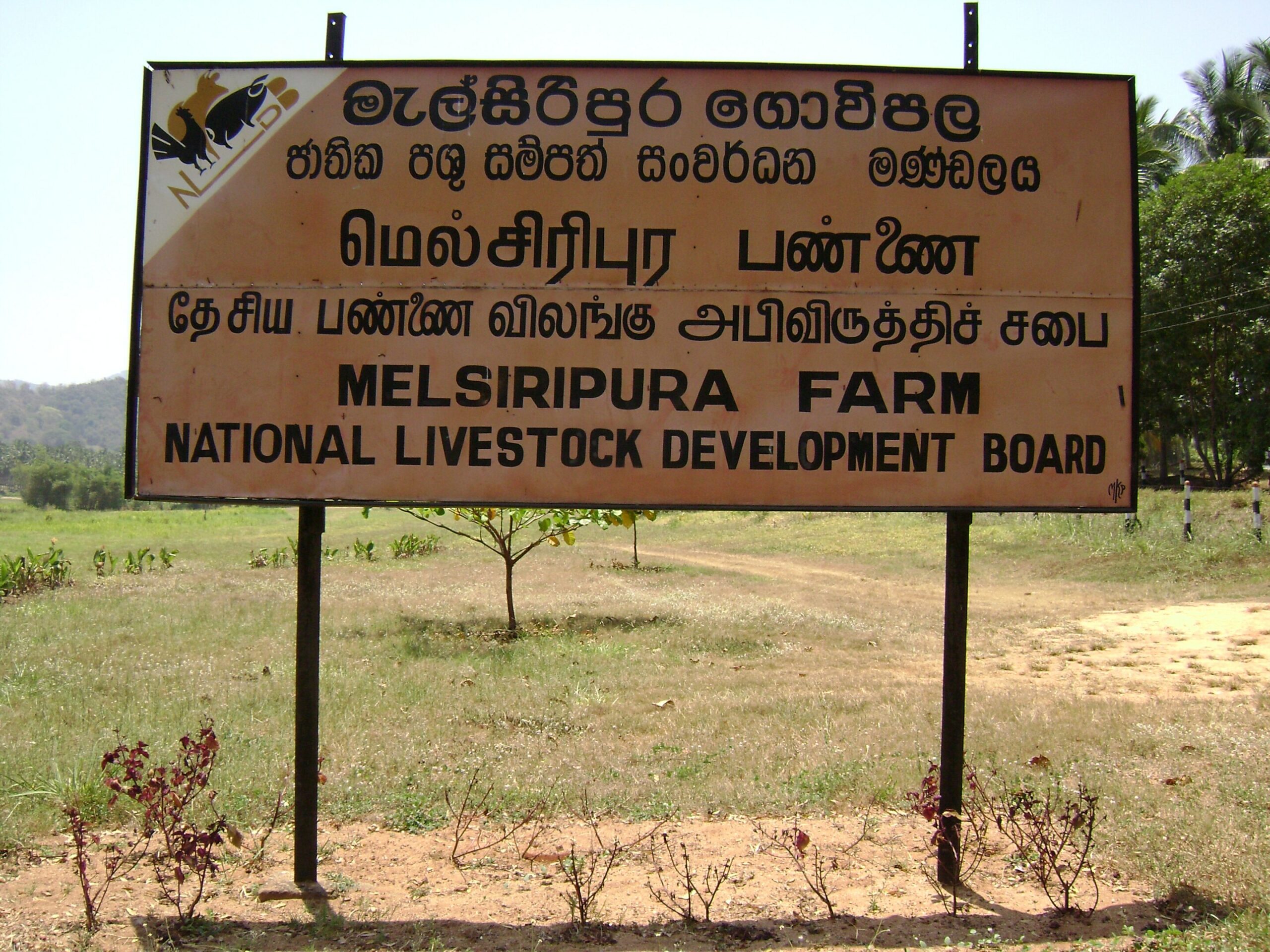
The official languages of Sri Lanka are Sinhala (spoken by the Sinhalese majority – 75%) and Tamil (for the 25%).
Both languages sound so strange and write so different from any Latin/European language, that also for me that I fluently speak 6 languages look like a complete mess! 🙂
Reading local cartels is impossible without the help of a local!
Said that, English is considered a semi-official language in Sri Lanka and is still spoken by roughly 24% of the population.
So, you can always find someone that can translate for you, while in touristic places the cartels are mostly translated in three languages: Sinhala, Tamil and English too! 🙂
Conclusion
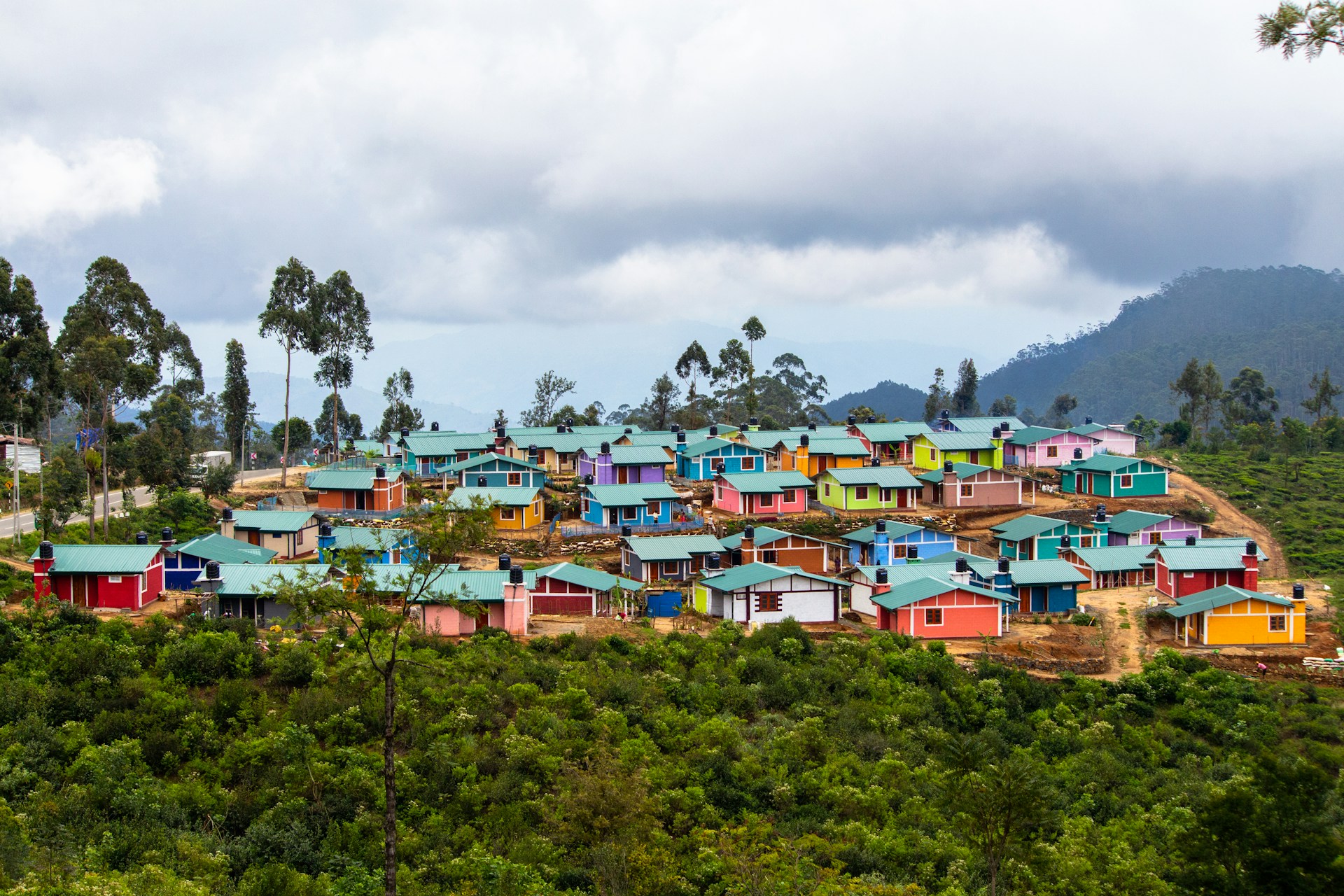
And here we are at the end of this long article! 🙂
In this post, we have seen 10 Fun Facts and Curiosities about the “radiant” island of Sri Lanka! ;D
The weather, the many boat options, the tasty cuisine, the warm hospitality, the possibility to map your route, the historical sites, the secluded beaches, the proximity to the Greek islands, the watersports, and the exclusivity of the experience are all that make yachting in Turkey an experience to remember!
From the tea plantations, to the turtle hatcheries, the fishermen on stilts, the hidden beaches , the UNESCO ancient sites and the summit of Adam’s peak, Sri Lanka is a land full of curiosities and marvels and an awesome destination for a trip!
I hope you learned something new in this article, and I hope this will help you to see Sri Lanka with new eyes on an eventual upcoming trip! ;D
Before going I would like to ask you:
- Did you enjoy the read?
- Have you been to Sri Lanka before? 🙂
- Do you know any other curiosity or fun fact that could make it to this list?
LET US KNOW IN THE COMMENTS BELOW! (We always love receiving feedback and exchanging a chat 🙂
Last but not least, before going, I will leave you here some articles you might want to check out too:
- Discover the Beauty of Italy and its Countless Hidden Gems
- Guides and Curiosities about Destinations around the World
- Our Travel Blogs, Travel Curiosities and Inspiration (by LostOnTheRoute)
As always, thank you for reading,
And see you in the next article! 😀
PRIMA DI ANDARTENE, POSSO CHIEDERTI UN FEEDBACK?
Scrivere articoli dettagliati come questo richiede molto tempo ed impegno.
Se ti è piaciuto, posso chiederti di lasciarmi un messaggio di feedback nei commenti a fondo pagina?
Per un content-creator, sapere di essere letti e che i tuoi sforzi sono utili a qualcuno, è la miglior motivazione per continuare a scrivere e a fare meglio 🙂
Fammi sapere cosa ti è piaciuto o cosa secondo te si potrebbe aggiungere.
Se ti va, puoi anche condividere l’articolo per aiutare altra gente a trovarlo!
Grazie per l’aiuto 🙂
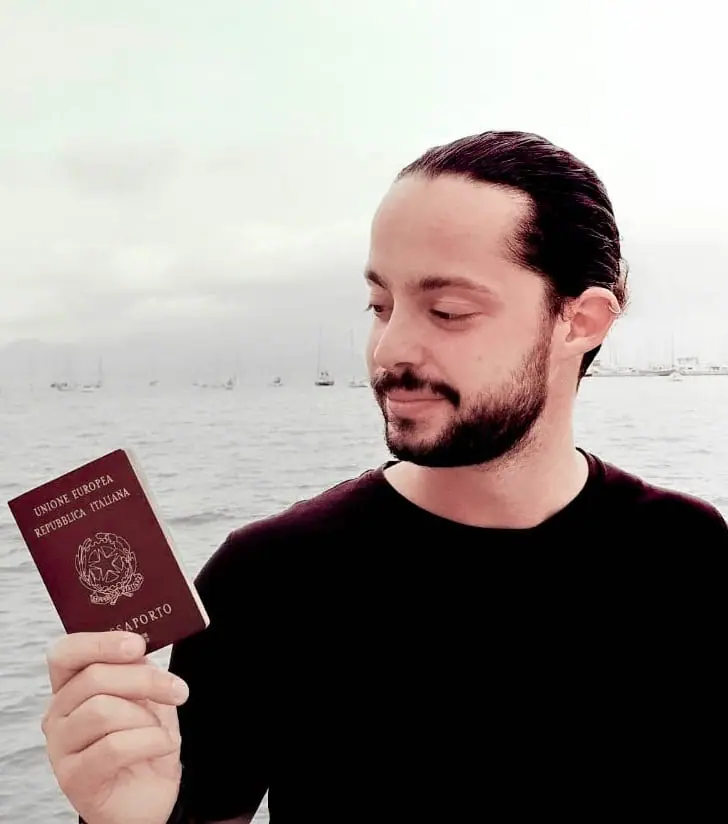
Leggi le Guide per Camperizzare il tuo Furgone Fai-da-Te
The Best Beaches in Puglia and How to Get There
Every region of Italy is special in its way, and Puglia is no exception! Assaulted by Italians in summer, and increasingly discovered by more and more international tourists every year, this southern region has a lot more to offer than what meets the eye! To name a...
TOP 11 Places for Hot Air Balloon Rides Around the World
Only a few things can compete with a hot air balloon ride when it comes to a breathtaking, memorable and unforgettable experience! Floating in the sky light as a feather, taking panoramic views of magnificent landscapes and feeling the gentle breeze on your face is a...
Discover the Wonder of Amazon Plants on an Amazon River Cruise
The Amazon rainforest is one of the most biodiverse regions on Earth, and the Peruvian Amazon is no exception. It is home to an incredible array of exotic plants that captivate the imagination and leave visitors in awe. In this article, we will explore some of the...
Visit the Last Supper in Milan | Tickets and Free Pocket Guide!
The Last Supper, painted by Leonardo da Vinci between 1495 and 1498, is one of the most famous and revered artworks in history! After all, who never saw it on school's books, in popular movies or revisited more recently as an internet meme? I guess, nobody older than...
Conero Riviera | The Most Beautiful Beaches | Discover What To See
The Conero Riviera in Italy is an incredible touristic destination that attracts more and more visitors every year, thanks to its unique views, crystal clear water, hospitality, and good food. After visiting and seeing it with our own eyes, we can only confirm what...
Conero Riviera | The Most Beautiful Beaches | Discover What To See
Trabocchi Coast in Abruzzo: All The Most Stunning Beaches!
"Stretched from the rocks, Similar to a lurking monster, With its hundred limbs, the trabocco looked formidable." - GABRIELE D'ANNUNZIO (Italian Poet) TRABOCCHI COAST: WHICH ARE THE MOST BEAUTIFUL BEACHES? The Trabocchi coast, which stretches between...
Madonna della Corona, Italy: Discover the Magical Church on the Mountain
Not far from Verona and the eastern coast of Lake Garda, hides the sanctuary Madonna della Corona, an incredible place that appears straight out of a fairy tale: a church on the mountain set in the rock above a very high cliff! In this guide, I want to tell you how to...
The Bauxite Quarry | Discover the Martian Pond near Otranto, Italy
Today I'm going to tell you about a place we discovered a bit by accident while driving on the coast of Apulia: the Bauxite Quarry! You're probably already wondering what it is, as we also did when we first heard of it! Let's say it's really an experiencefrom another...
Lago di Braies: How to Visit the Pearl of the Alps
Where Is Lago di Braies? Lago di Braies, also called "Lake Braies" in English or "Pragser Wildsee" in German, is an alpine lake located between the Dolomites of South Tyrol (in Italy) and not far away from the Austrian border. Content Summary Famous for its...
Lake Tovel: Where Is It and Everything you Need to Know
Where Is Lago di Tovel? Lago di Tovel (also referred to as Lake Tovel in English) is one of the most charming alpine lakes of the Dolomites and it is located within the Adamello Brenta Natural Park in Trentino, Italy. Content Summary Lake Tovel got famous...
Visit Matera in Italy: The Magical City of Stone
Where Is Matera? Matera, also known as the "City of Stone", is located in the Southern Part of Italy, in the Region of Basilicata. The city, until a few decades ago one of the poorest areas in Italy, has seen in recent years a surge in popularity that brought it...


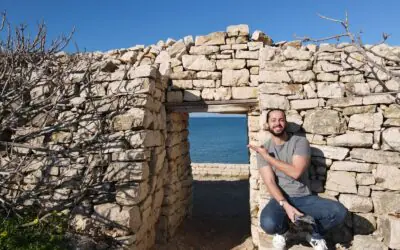
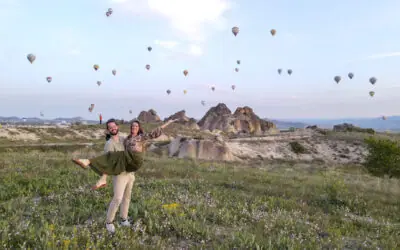
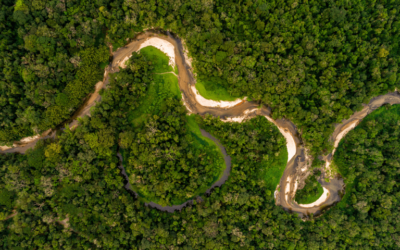

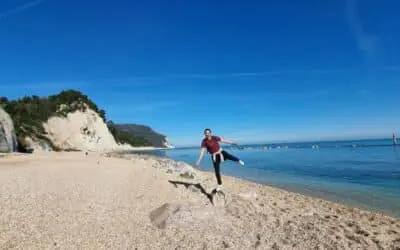
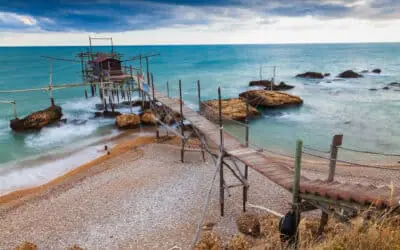
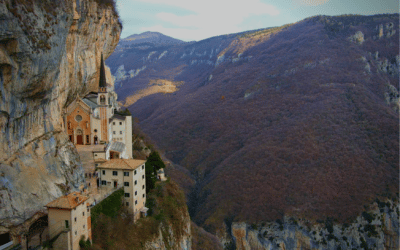
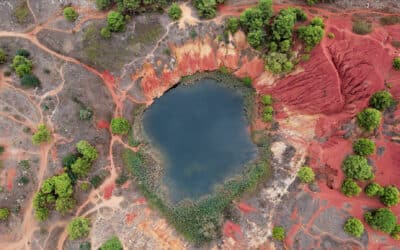
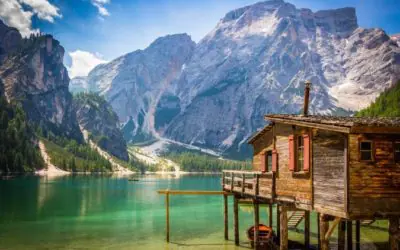
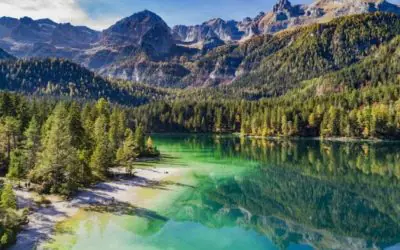
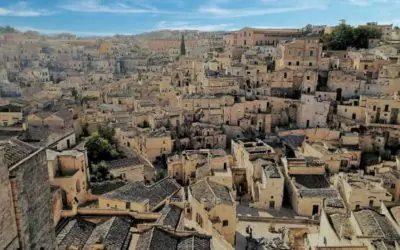
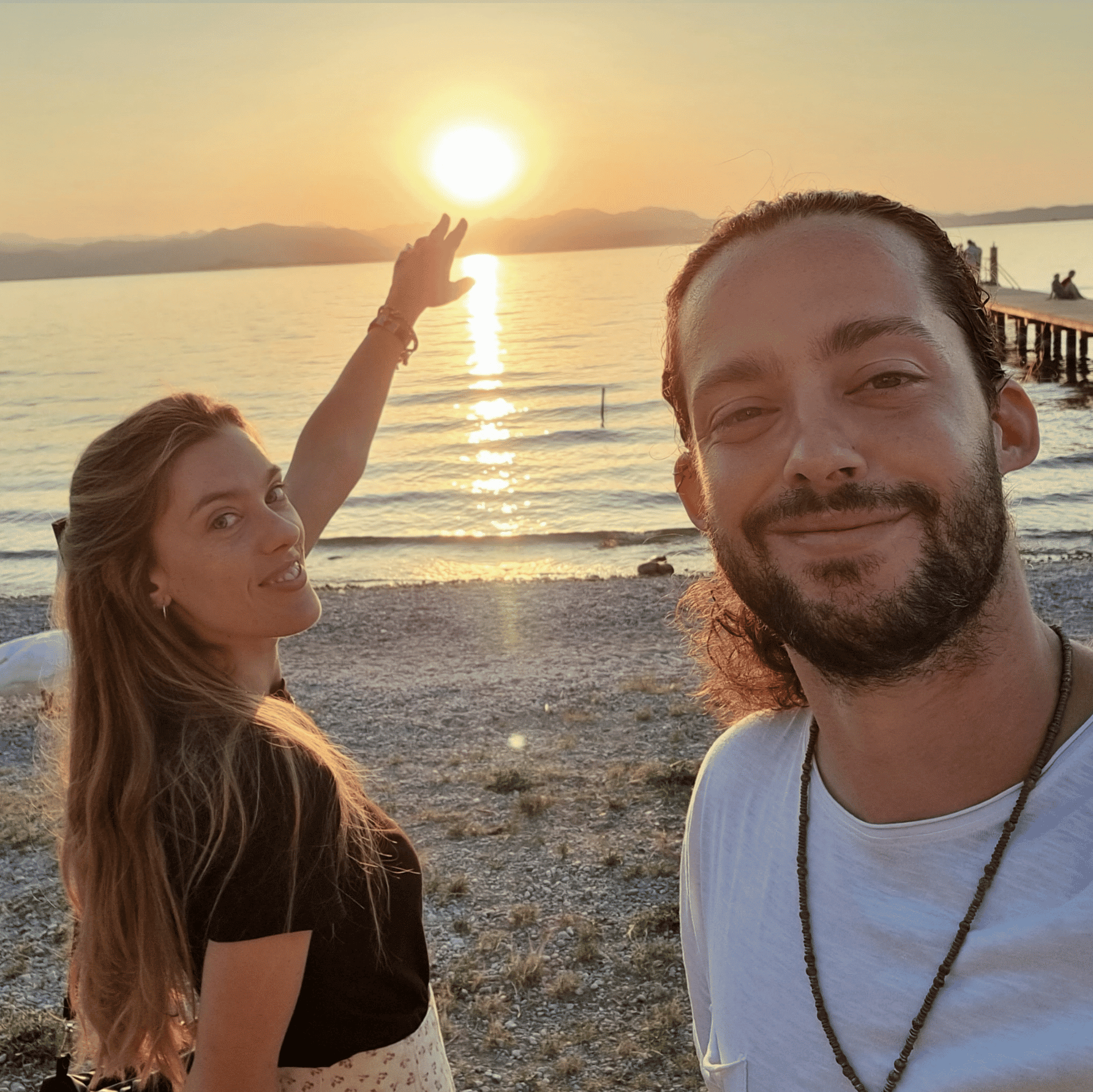
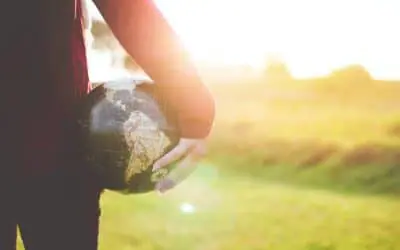

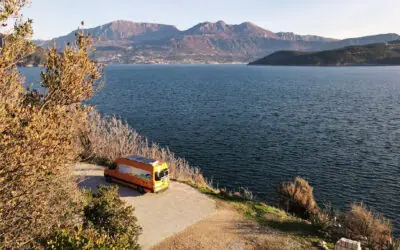

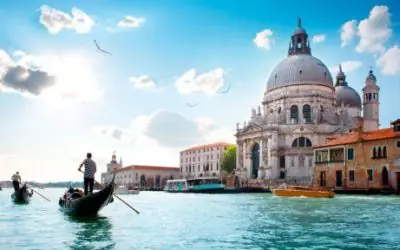
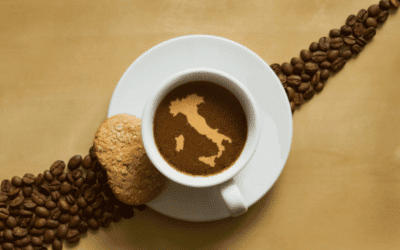
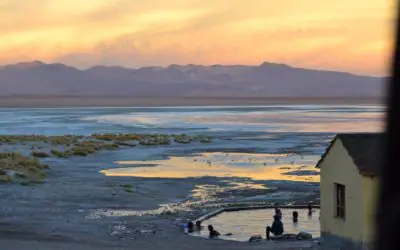
0 Comments